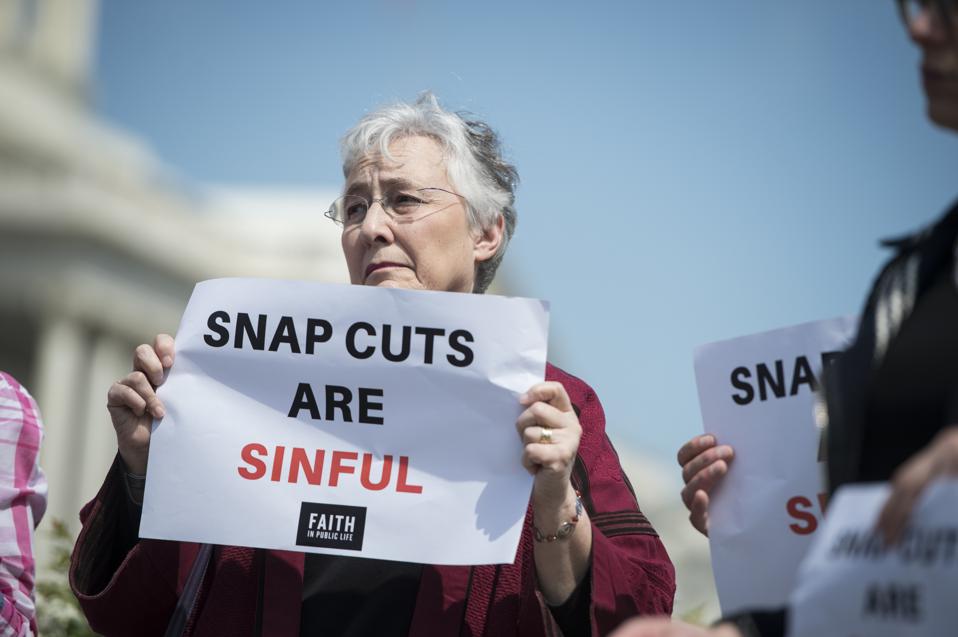The nation’s most extensive anti-hunger program is hanging by a thread.
As the US government shutdown enters its third week, roughly 42 million Americans, about one in every ten people in the US, face the possibility of losing access to food stamps in November. The Supplemental Nutrition Assistance Program (SNAP), which is commonly referred to as food stamps, is expected to run out of money on November 1st, according to Agriculture Secretary Brooke Rollins, who warned that “millions and millions of vulnerable families” could soon go hungry.
The USDA, which oversees SNAP, has informed states that without new congressional action or emergency funding, full benefits won’t be issued next month – and with Thanksgiving approaching and food prices up, families are already struggling to make ends meet.
The Trump administration and congressional Democrats have traded blame, caught in the crossfire are the country’s most vulnerable families.
The Math Problem & Human Consequences
The average SNAP recipient receives about $188 per person per month.
SNAP’s emergency contingency fund currently holds about $6 billion, but the program needs $8.1 billion to cover November benefits. Without new funding, the USDA says it will have to suspend all payments entirely. Seventeen states have already stopped accepting new applications. In Pennsylvania, along with other states, state officials announced this week that November SNAP payments may not be issued, creating anxiety among low-income households who rely on their monthly deposits for food.
Other social safety net programs, like WIC, a key food provider for pregnant women and infants, narrowly avoided collapse earlier this month but was redirected $300 million in tariff revenue. SNAP supports six times as many people.
Once the funding crisis is resolved, SNAP, which supports six times as many people as WIC, will come with new restrictions. Adults between 18 and 64 without young children must work, volunteer, or participate in at least 20 hours of education or training programs per week or risk losing benefits after three months. The new rules also end exemptions for veterans.
Now What? What SNAP Recipients Can Do
If you or someone you know relies on SNAP, here are three key steps:
- Seek Local Support Immediately – Identify and contact all local food banks and community organizations sooner rather than later. Many states have 211 hotlines or other directories that can connect you with nearby resources. These networks could be a lifeline to food until federal benefits resume.
- Keep Your Information Updated – States require SNAP recipients to complete renewals and report any changes in income or household status – even through the shutdown. Missing a deadline could mean being kicked out of the program entirely.
- Explore State and Faith-Based Assistance – Local governments, nonprofits, faith-based groups, neighborhood pantries, and mutual aid networks may offer short-term assistance. Check local community boards and social media groups for events.
SNAP has been around since 1961, and has long been one of the most efficient and effective anti-poverty programs in America, with nearly half of all recipients under 18, and over 70% of benefits go to households with seniors or people with disabilities.
To let that system collapse is a failure of governance – and a betrayal of the country’s most basic promise: that no American should go hungry. Over the next two weeks, we will see if Congress and the White House can bridge their divide to avoid a crisis. For 42 million people, the clock is ticking.

